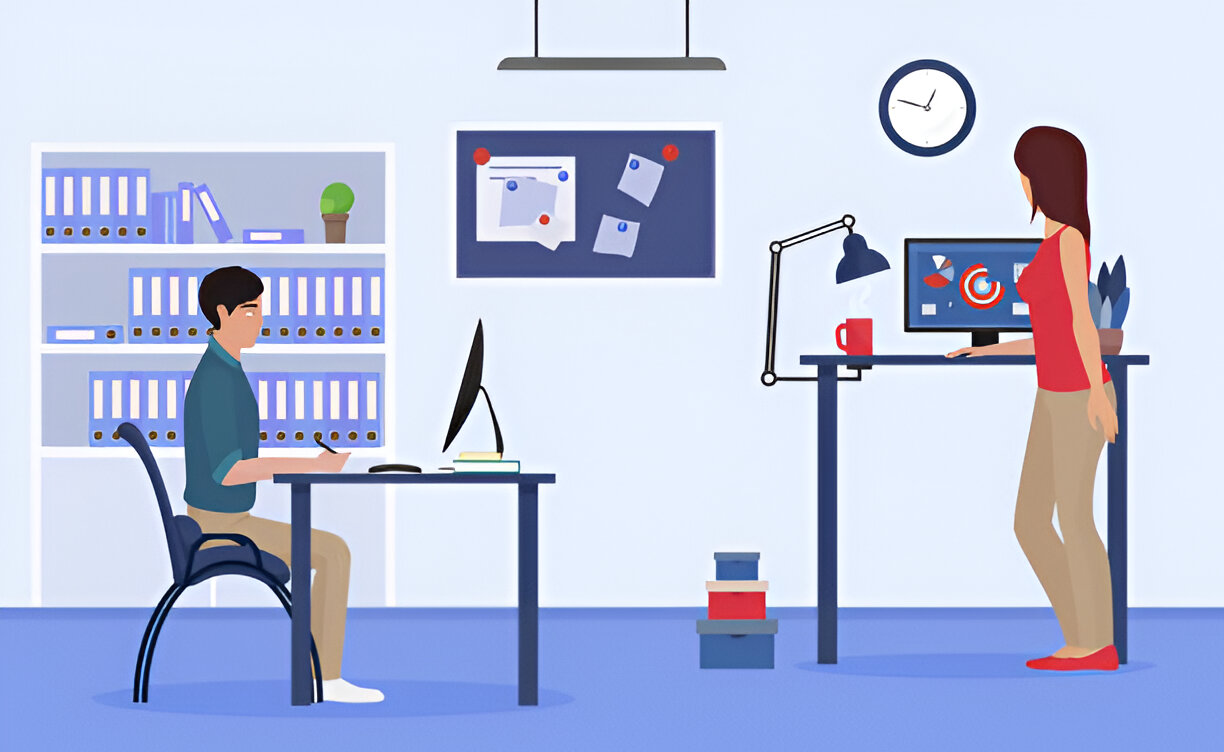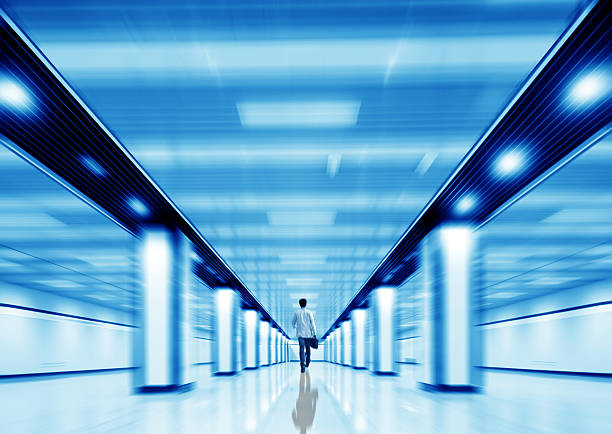The Rise of Standing Desks: Transforming Ergonomic Workspaces for Better Health
The modern workplace is undergoing a substantial transformation, shifting its focus towards employee well-being and productivity. A significant part of this change has been the incorporation of ergonomic furniture that supports the natural posture of the body, effectively enhancing work efficiency and reducing the risk of musculoskeletal disorders.
Ergonomic workspaces are designed with the user’s physical comfort in mind. They help individuals maintain good posture, reduce repetitive strain injuries, and promote a healthier working environment. Among the most notable innovations in ergonomic workspaces is the introduction and growing popularity of the standing desk.
The Emergence of Standing Desks
Standing desks have emerged as a proactive solution to combat the sedentary lifestyle that is often associated with office jobs. These desks come in various designs, from fixed-height models to adjustable ones that allow the user to alternate between sitting and standing throughout the day. The advent of standing desks reflects a shift in how employers and employees alike view the role of office furniture in overall health.
Research has indicated that prolonged sitting contributes to a host of health issues, including back pain, obesity, and cardiovascular problems. Standing desks allow individuals to stand while performing tasks that would typically be done while seated. This transition to standing workstations is poised to revolutionise not only office design but also the well-being of office workers.
Health Benefits of Standing Desks
The health benefits of using a standing desk are manifold. Standing desks promote greater calorie burn, as the simple act of standing increases metabolic rates compared to sitting. They also aid circulation, reduce the risk of developing type 2 diabetes, and can even improve mood and energy levels.
A standing desk’s adaptability also encourages movement, which is critical in maintaining muscle tone and preventing stiffness. By reducing the time spent sitting, these desks can alleviate lower back pain, a common complaint among those with sedentary jobs. The increase in physical activity linked to standing desks can also lead to improved mental alertness and productivity.
Implementing Standing Desks in the Workplace
While standing desks offer many advantages, introducing them into a workplace requires thoughtful planning. Businesses must assess the needs of their employees, considering factors such as desk height, the accessibility of tools, and individual health concerns. Proper implementation also entails educating employees on the correct use of standing desks, including the importance of alternating between sitting and standing and proper desk ergonomics.
Employers can further enhance the benefits of standing desks by integrating them with other ergonomic office accessories such as monitor arms, footrests, and anti-fatigue mats. These additional components ensure a comprehensive ergonomic setup, offering maximum comfort and support.
However, it’s crucial to remember that standing all day isn’t the goal either; the key is movement and variability of posture. High-quality standing desks, like those available from Elite Office Furniture, are designed to move seamlessly between positions, promoting an active workspace conducive to both health and productivity.
Adopting a Holistic Approach to Ergonomics
The rise of the standing desk marks a broader trend towards a more holistic approach to workplace ergonomics. One where the health of the staff is held in equal measure to the work they perform. It shows recognition that optimal performance stems from a balance of physical, mental, and environmental factors.
Ergonomic assessments are becoming commonplace in the office, with companies bringing in experts to tailor the workspace to the worker’s needs. In this context, standing desks represent a versatile solution, one that accommodates various body types and workstyles.
Consequently, employers are now investing more in ergonomic equipment to ensure their workforce stays healthy and productive. These investments are not seen merely as costs but as drivers of long-term savings by reducing absenteeism and health-related productivity losses.
Challenges in the Adoption of Standing Desks
Despite their benefits, standing desks face obstacles in their widespread adoption. Initial costs can be a barrier for some organisations, particularly when equipping a large office. There’s also the challenge of overcoming resistance from employees accustomed to traditional desks and wary of change.
To address these concerns, some companies are introducing standing desks gradually, providing a shared standing desk area before committing to individual desks. Others may offer subsidies or implement a phased approach to integrate standing desks into their budget planning.
Furthermore, it’s important for employers to support transitions to new ways of working with training and ongoing support to maximise the benefits of their investment in ergonomic furniture.
Fostering an Agile Work Environment
The integration of standing desks is part of a broader movement to create more agile work environments, where mobility and flexibility are top priorities. These environments foster collaboration and adaptability—qualities that are increasingly important in the fast-paced, ever-changing world of work.
Agile workspaces, supplemented with versatile furniture like standing desks, empower employees to choose how and where they work best. This autonomy can lead to heightened employee satisfaction and engagement, further contributing to a productive workplace culture.
In conclusion, the rise of the standing desk signifies a pivotal change in office ergonomics—a shift towards designs that support health and enhance performance. By embracing this trend, businesses demonstrate a commitment to the holistic well-being of their employees, which in turn, reflects positively on their operational success. As ergonomic furniture continues to evolve, standing desks will likely remain a cornerstone of modern, health-conscious workplaces.







